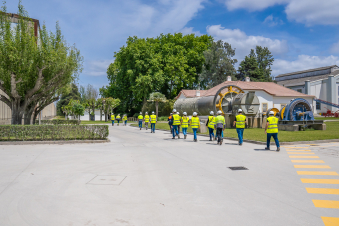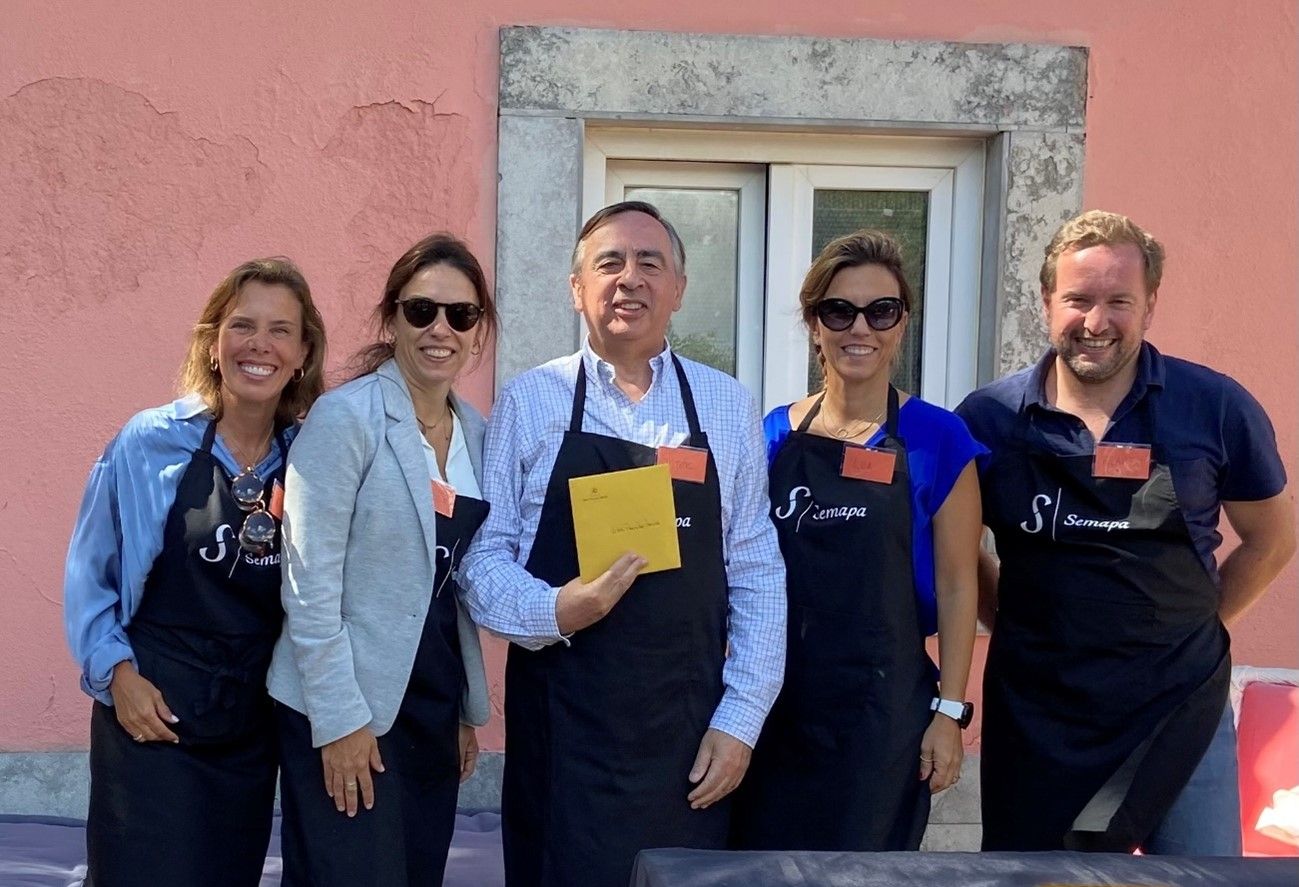After more than three decades at Semapa Group, Vítor Paranhos Pereira is preparing for the next chapter of his life. At 68, Semapa Group’s CFO is stepping down from his executive role at the holding company but will remain involved with Sodim, continuing to oversee the Ritz Hotel—a project he’s helped develop since 1989. From day one, Vítor Paranhos Pereira has witnessed and played a key role in Semapa’s transformation from a family holding company into one of Portugal’s leading corporate groups. And from that very first day, Vítor Paranhos Pereira has shown the Group the value of dedication, determination, and rising to challenges.
In this interview, he shares his 36-year journey, what it was like working with Pedro Queiroz Pereira, and the project he’s followed so closely—the Ritz.





